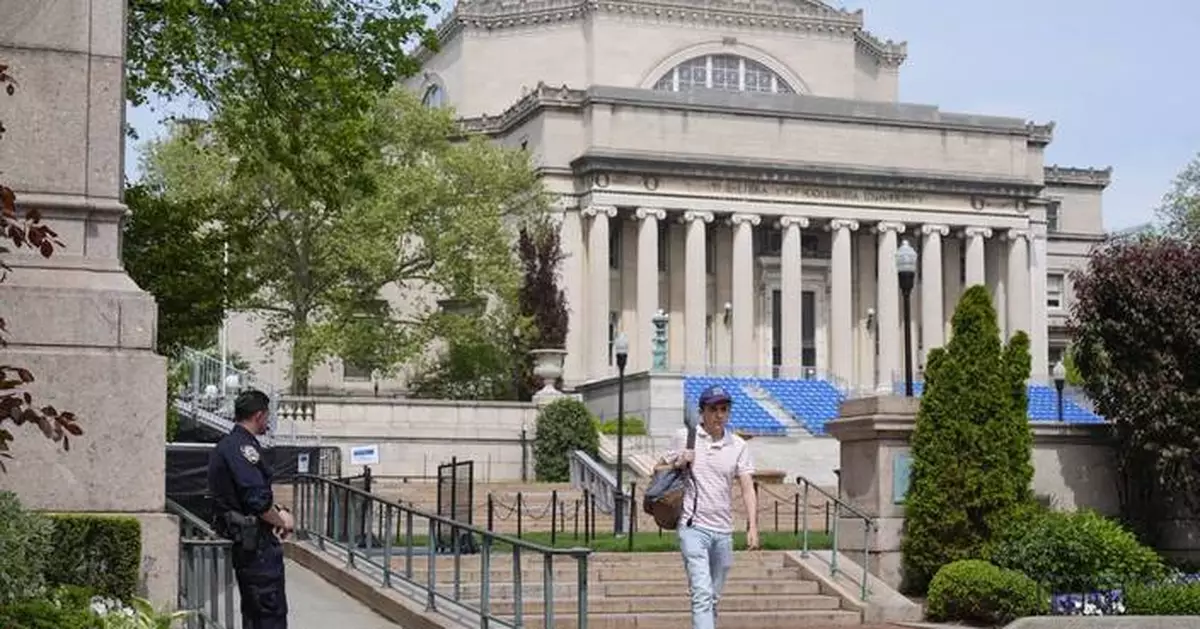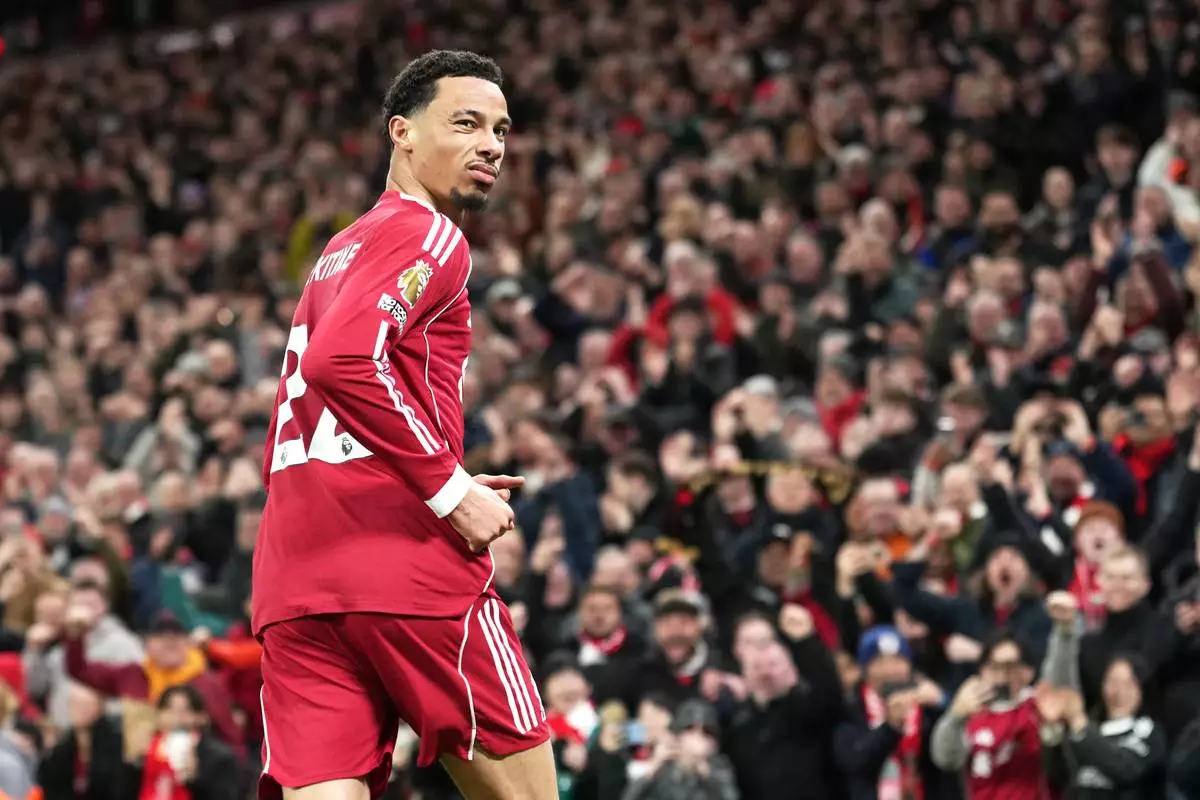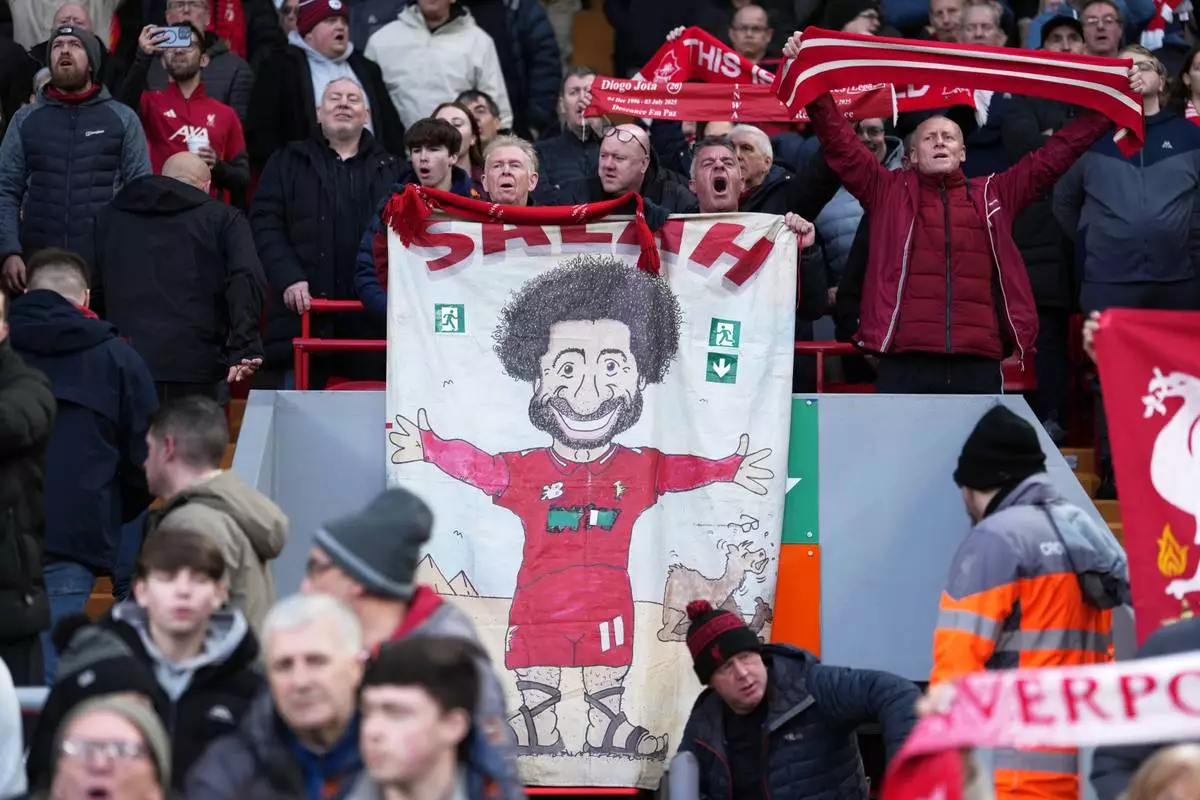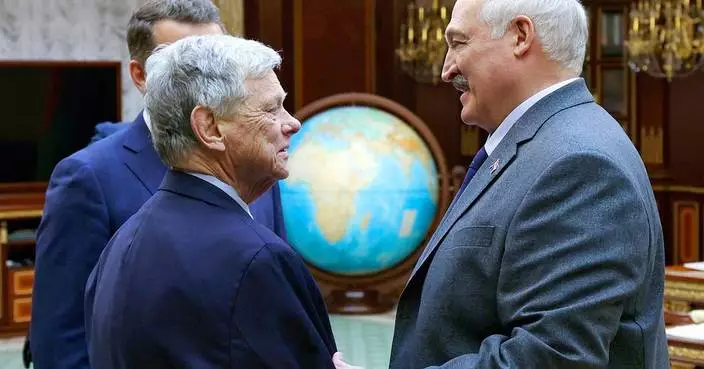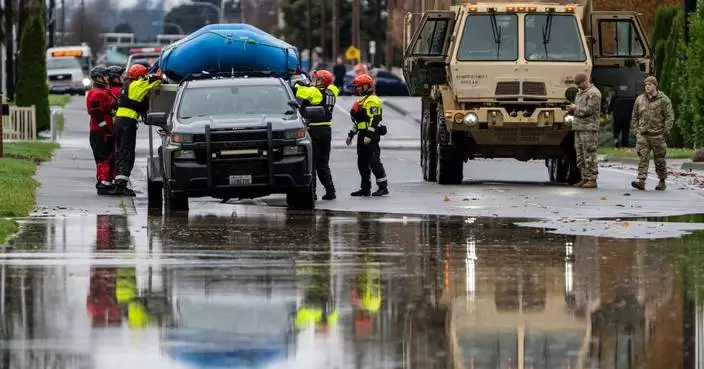WASHINGTON (AP) — Campus activism has flared as the academic year winds down, with pro-Palestinian demonstrations leading to arrests at several colleges.
Compared with last spring, when more than 2,100 people were arrested in campus protests nationwide, the demonstrations have been smaller and more scattered.
But the stakes are also much higher. President Donald Trump's administration has been investigating dozens of colleges over their handling of protests, including allegations of antisemitism, and frozen federal grant money as leverage to press demands for new rules on activism.
Colleges, in turn, have been taking a harder line on discipline and enforcement, following new policies adopted to prevent tent encampments of the kind that stayed up for weeks last year on many campuses.
More are pushing for the same goal that drove last year's protests — an end to university ties with Israel or companies that provide weapons or other support to Israel.
Protesters who took over a Columbia University library this month issued demands including divestment from “occupation, apartheid and genocide” and amnesty for students and workers targeted for discipline by the university. About 80 people were arrested at the protest, which also called for police and federal immigration officials to stay off campus.
A protest at the University of Washington days earlier demanded the school end ties with Boeing, a supplier to the Israeli Defense Forces. Activists wanted the school to return any Boeing donations and bar the company’s employees from teaching at the school. Thirty people were arrested.
Other protests have sparked up at schools including Swarthmore College, Rutgers University, the University of California, Los Angeles and Brooklyn College.
The timing of recent protests may owe to developments in the war itself and the approaching end of the school year, said Robert Cohen, a professor of history and social studies at New York University.
Cohen said activists may be energized by Israeli Prime Minister Benjamin Netanyahu's discussion of an escalation of the war, at a time many Palestinians already are at risk of starvation amid an Israeli blockade of food and other goods. “And the fact that it is the end of the semester — maybe it seems like the last chance they have to take a stance, to publicize this,” he said.
Still, he sees the latest flare-up as a return to the kind of protests that campuses occasionally saw even before the Israel-Hamas war. As colleges have imposed stricter rules, many students may be unwilling to risk punishment, he said.
“Essentially, you have a small core of people, and the larger mass movement has been suppressed,” he said of the latest activism. “These are small, scattered protests.”
Colleges navigating protests risk losing federal grants for research if their response runs afoul of the government.
The handling of last year’s protests has been at the center of the Trump administration’s fight with Columbia, Harvard and other universities.
Some schools have had money frozen for what the administration calls a failure to root out campus antisemitism. Federal officials have demanded tougher action against protesters, new limits on protests and other changes aimed at pro-Palestinian activism along with diversity, equity and inclusion policies.
After the University of Washington protest, a federal antisemitism task force said it was launching a review. It applauded quick action from police but said it expected campus leaders to “follow up with enforcement actions and policy changes that are clearly necessary to prevent these uprisings moving forward.”
The stakes are also higher for international students as the federal government moves to deport students with ties to pro-Palestinian activism.
After calling police to clear the library occupied by protesters last week, Columbia University suspended 65 students and barred 33 others from campus.
Columbia’s response drew praise from the Trump administration’s task force, which said it was encouraged by the university’s “strong and resolute statement” condemning the protest.
Even before the latest protest, Columbia had agreed to other changes amid pressure from federal officials, including a ban on face masks used to conceal identities and the hiring of new public safety officers empowered to make arrests on campus.
The University of Washington protest also drew a swift response, with 21 students later suspended.
The Associated Press’ education coverage receives financial support from multiple private foundations. AP is solely responsible for all content. Find AP’s standards for working with philanthropies, a list of supporters and funded coverage areas at AP.org.
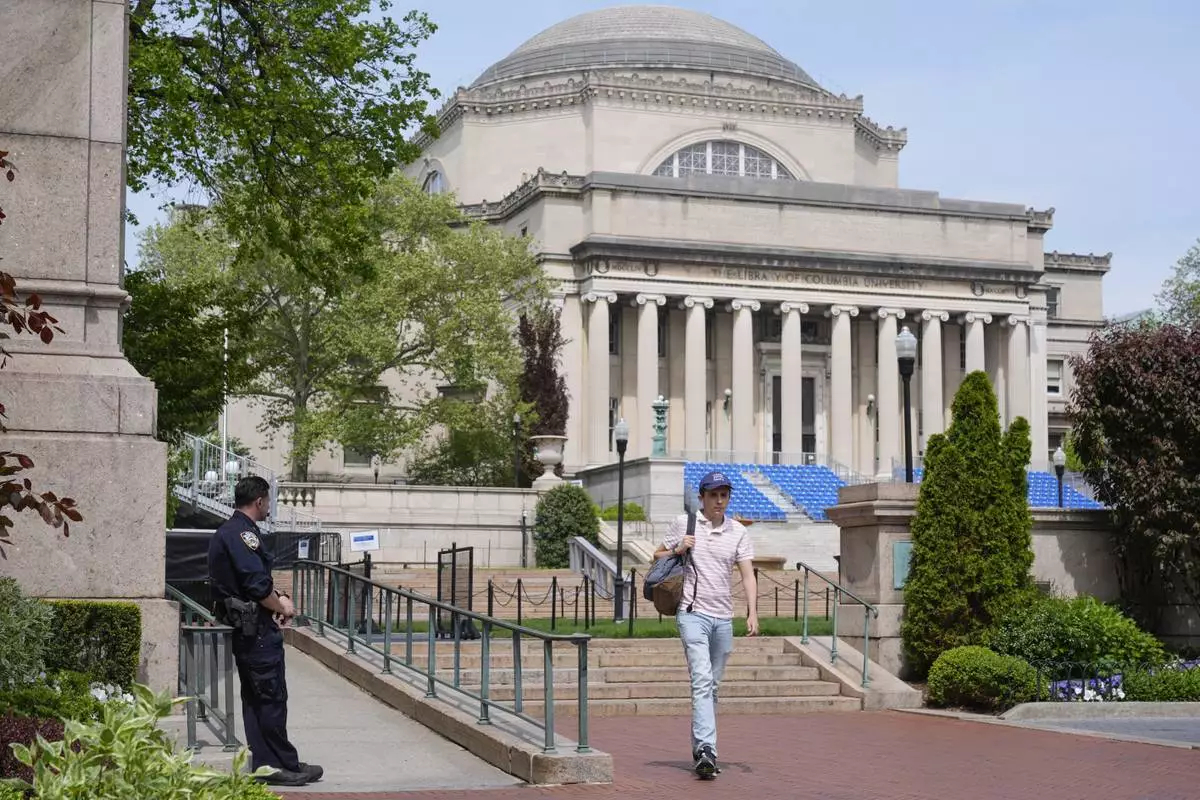
FILE - A New York City police officer keeps watch on the campus of Columbia University in New York, Monday, May 6, 2024. (AP Photo/Seth Wenig, File)


